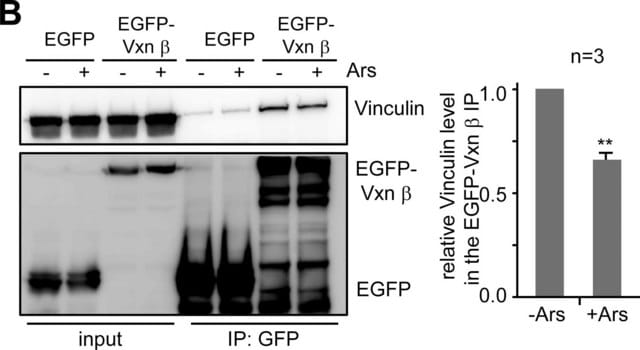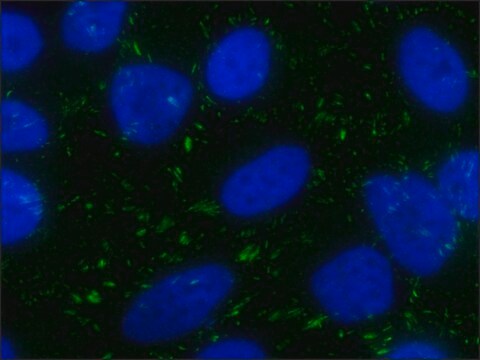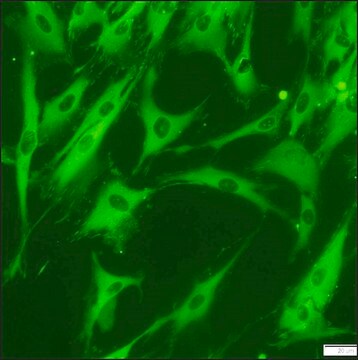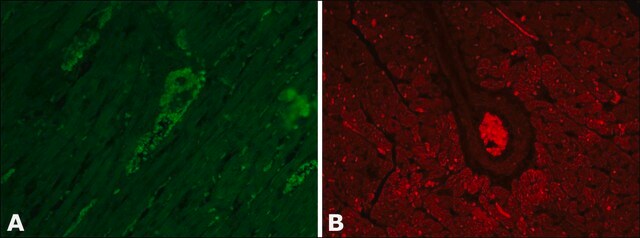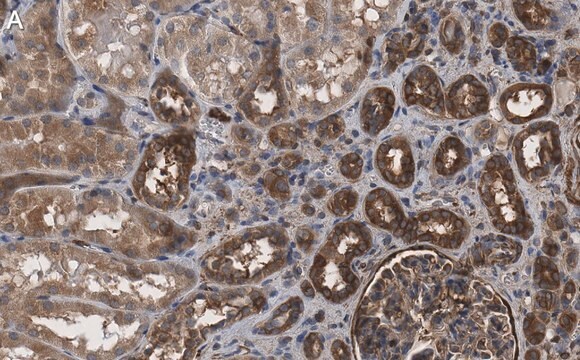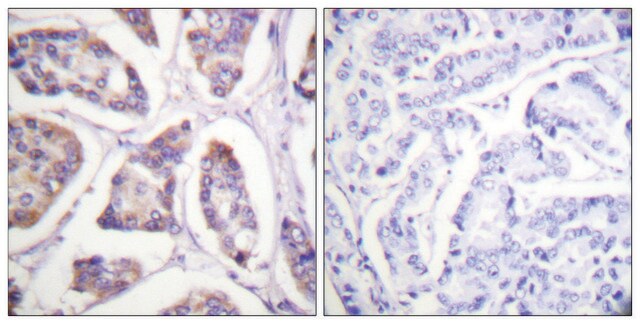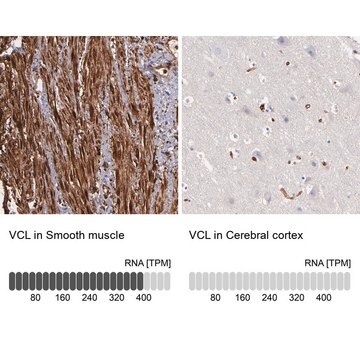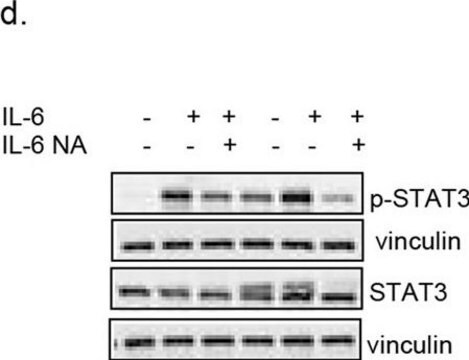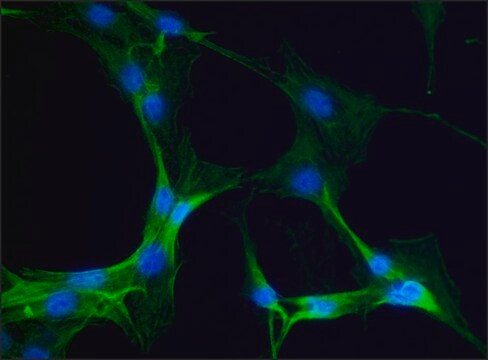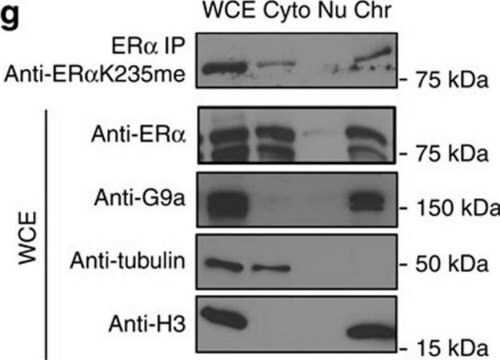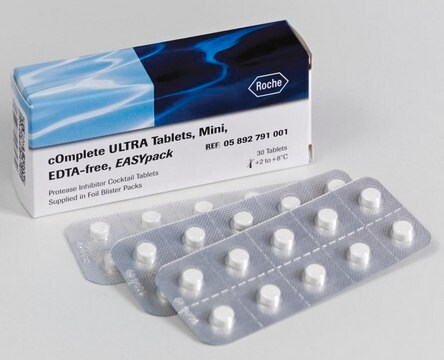V4505
Monoclonal Anti-Vinculin antibody produced in mouse
clone VIN-11-5, ascites fluid
Synonyme(s) :
Vinculin Antibody Sigma, Anti-VCL
About This Item
Produits recommandés
Source biologique
mouse
Niveau de qualité
Conjugué
unconjugated
Forme d'anticorps
ascites fluid
Type de produit anticorps
primary antibodies
Clone
VIN-11-5, monoclonal
Poids mol.
antigen 116 kDa
Espèces réactives
bovine, human, chicken, mouse
Technique(s)
indirect immunofluorescence: 1:50 using cultured chicken fibroblasts
microarray: suitable
western blot: suitable
Isotype
IgG1
Numéro d'accès UniProt
Application(s)
research pathology
Conditions d'expédition
dry ice
Température de stockage
−20°C
Modification post-traductionnelle de la cible
unmodified
Informations sur le gène
human ... VCL(7414)
mouse ... Vcl(22330)
Description générale
Spécificité
Immunogène
Application
- western blotting.
- immunofluorescence.
- immunocytochemistry.
Actions biochimiques/physiologiques
Autres remarques
SAB4200729 Anti-Vinculin antibody, Mouse monoclonal
clone VIN-11-5, purified from hybridoma cell culture
Clause de non-responsabilité
Vous ne trouvez pas le bon produit ?
Essayez notre Outil de sélection de produits.
Code de la classe de stockage
13 - Non Combustible Solids
Classe de danger pour l'eau (WGK)
WGK 1
Point d'éclair (°F)
Not applicable
Point d'éclair (°C)
Not applicable
Certificats d'analyse (COA)
Recherchez un Certificats d'analyse (COA) en saisissant le numéro de lot du produit. Les numéros de lot figurent sur l'étiquette du produit après les mots "Lot" ou "Batch".
Déjà en possession de ce produit ?
Retrouvez la documentation relative aux produits que vous avez récemment achetés dans la Bibliothèque de documents.
Les clients ont également consulté
Notre équipe de scientifiques dispose d'une expérience dans tous les secteurs de la recherche, notamment en sciences de la vie, science des matériaux, synthèse chimique, chromatographie, analyse et dans de nombreux autres domaines..
Contacter notre Service technique
